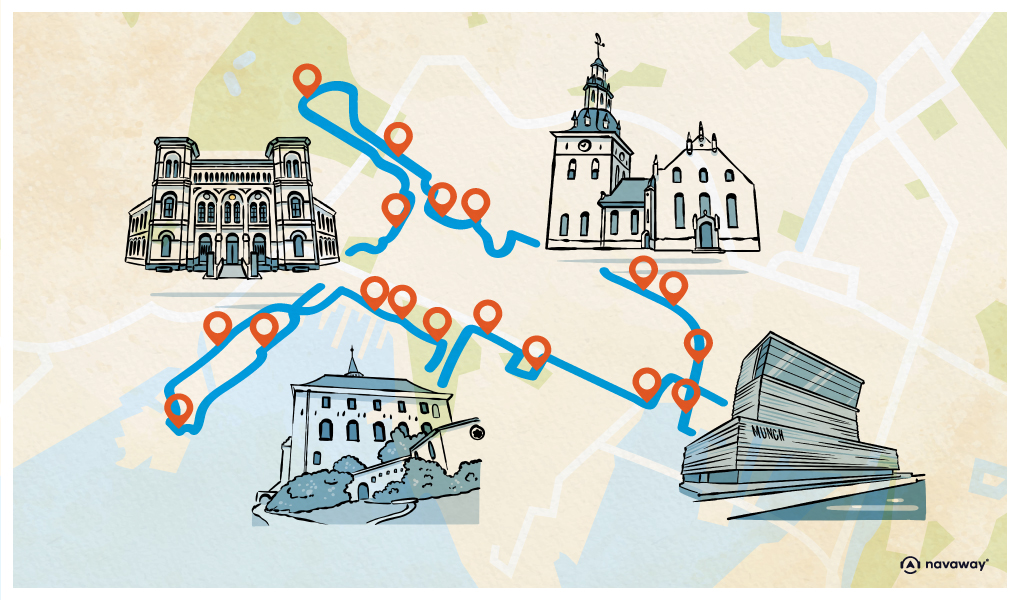
The Parliament

This point of interest is available as audio on the tour: Visit Oslo, The Hill of Gods
This imposing yellow-brick building is the Stortinget, Oslo’s Parliament. It was built in 1866 after the creation of the Storting, the supreme legislature established in 1814 by Norway’s Constitution. This new Parliament was once housed in the school belonging to the Christiana Cathedral, since there was initially no intention to build a dedicated parliamentary building. Yet, construction still began in 1836 on Karl Johans gate, Oslo’s main street, to create a symbolic trio of national landmarks: the Royal Palace, the University, and the new Parliament. When Nazi Germany invaded the country in 1940, this building was repurposed as barracks. The government operated in exile during the occupation. If you take a closer look at its facade, you’ll notice it features architectural influences from France and Italy. The architect of the Parliament was inspired by a design by Bernini, the renowned Italian architect who once proposed plans for the Louvre Palace in Paris. He was regarded as one of the greatest Italian sculptors and architects of his time, but his design for the Louvre was ultimately rejected, as France wanted the palace to reflect a distinct national style. That didn’t stop Emil Victor Langlet from drawing inspiration from it for his Parliament design. Inside, you’ll find richly ornamented interiors, as well as the original Constitution displaying Oscar Wergeland’s signature, an image that all Norwegian students have seen in their history textbooks.


Discover Oslo with app
An interactive guide through the most beautiful streets, squares, and districts
22 fun audioguides full of historical facts, anecdotes, and legends
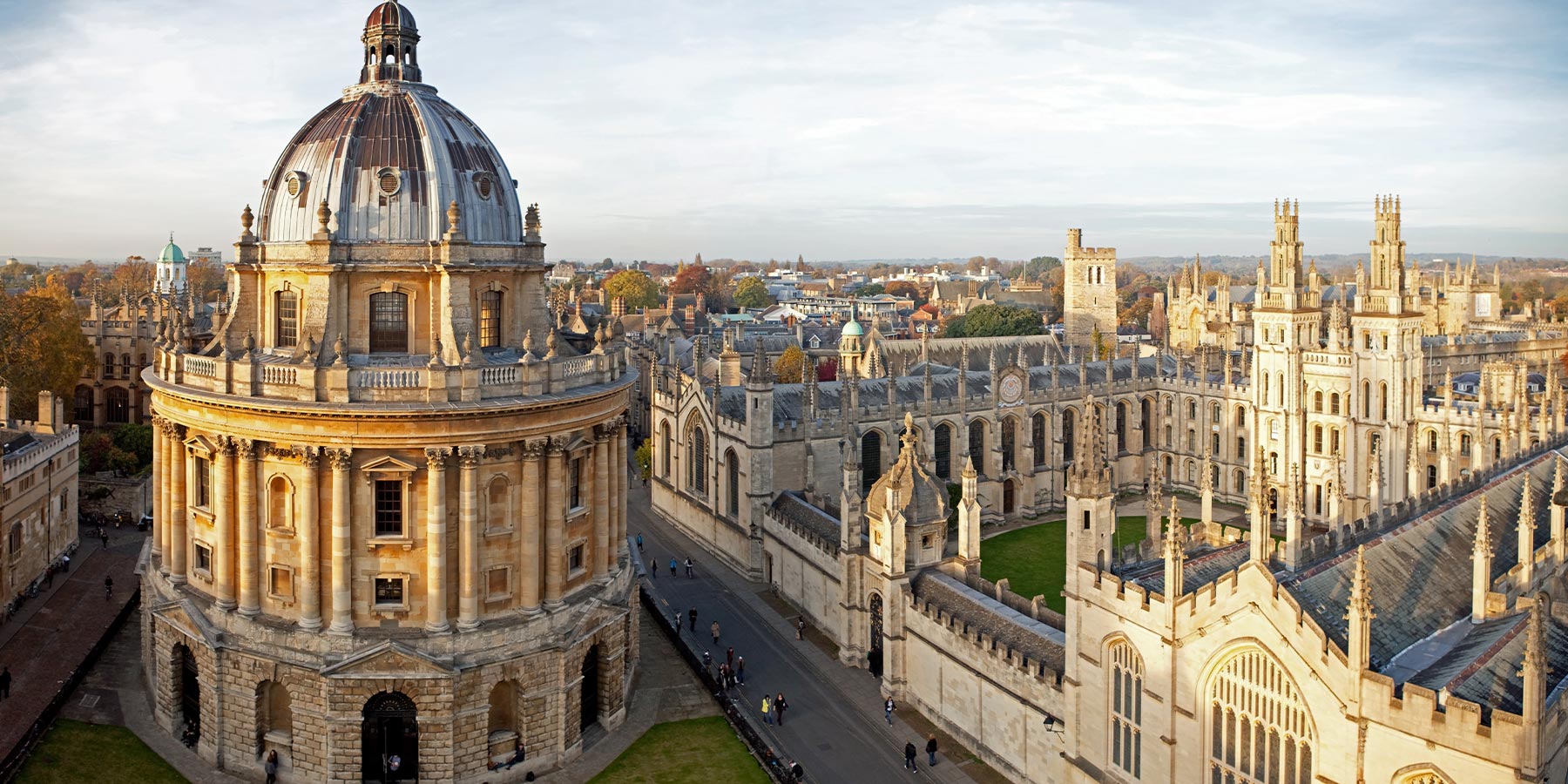
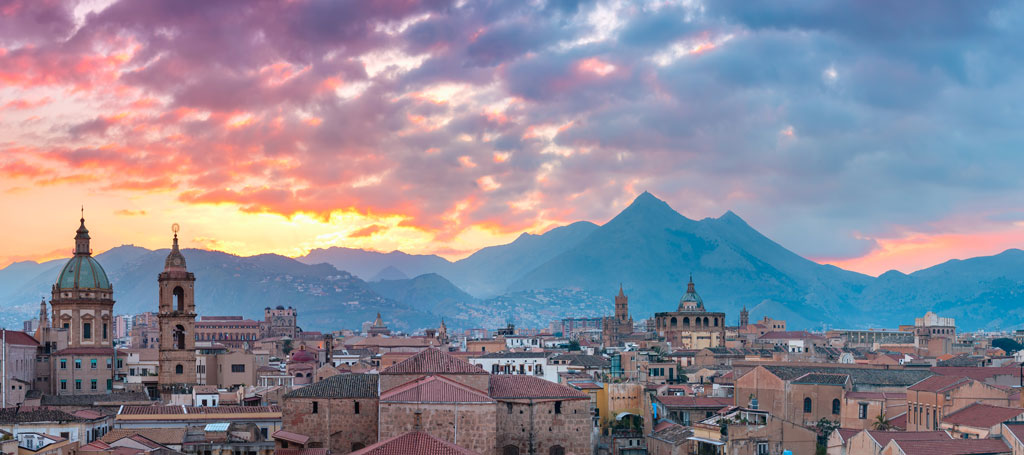
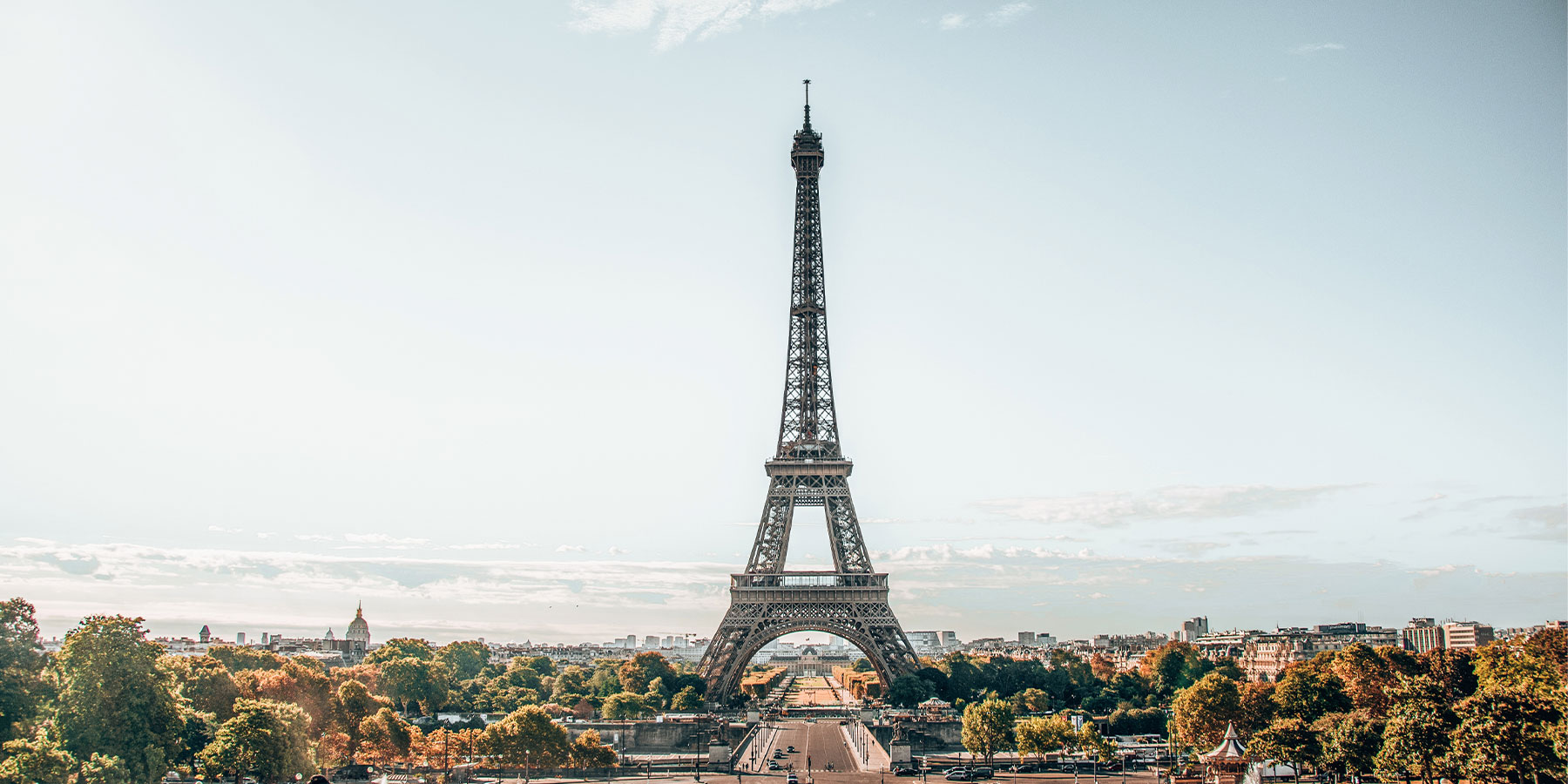
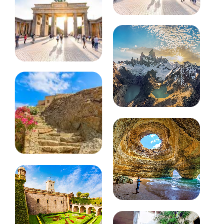

Comments